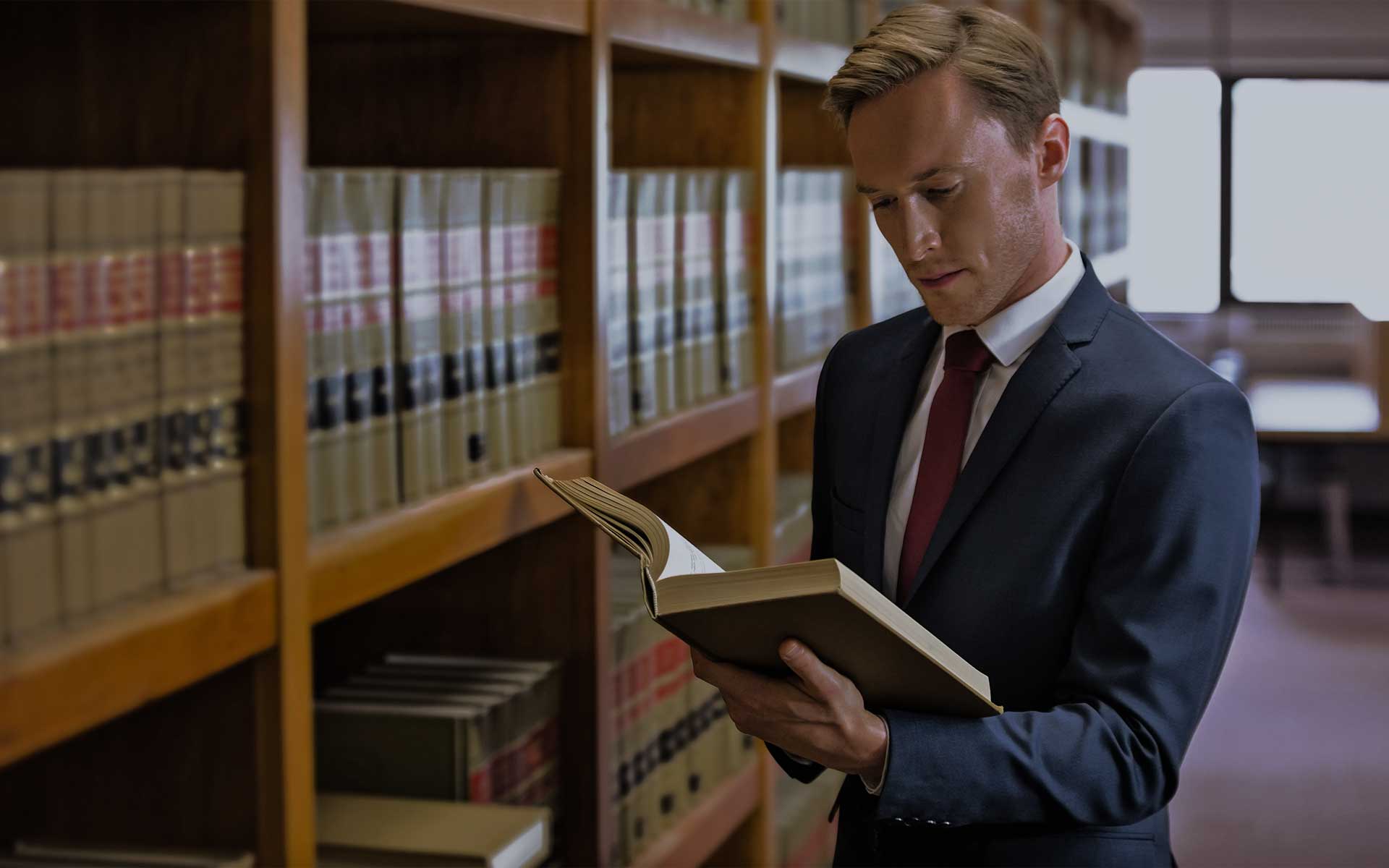COPYRIGHT VS. FAIR USE

If you want to use copyrighted material for a project or even if you just want to make sure that your work is protected, there are some basic things you need to know about copyright. In the United States, protection for copyright works is based on the Constitution, Article 1, Section 8, Clause 8, which states: “The Congress shall have Power To promote the Progress of Science and useful Arts, by securing for limited Times to Authors and Inventors the exclusive Right to their Writings and Discoveries.” Accordingly, under 17 U.S. Code §102, copyright protection subsists in original works of authorship fixed in any tangible medium of expression, now known or later developed, from which they can be perceived, reproduced, or otherwise communicated, either directly or with the aid of a machine or device. Works of authorship include the following categories:
- literary works;
- musical works, including any accompanying words;
- dramatic works, including any accompanying music;
- pantomimes and choreographic works;
- pictorial, graphic and sculptural works;
- motion pictures and other audiovisual works;
- sound recordings; and
- architectural works.
The first thing to know is that you automatically have copyright on anything you create, from a painting or story to a website to a You Tube video.
The second thing to know is that there is a doctrine in copyright law called “fair use” that allows you to use copyrighted material without asking for permission if you follow certain rules.
The third thing to know is that the Internet has changed copyright law in a lot of ways. Copyright law is different for printed books and other media than it is for the Internet, because copyright law was written before the Internet existed.
The fourth thing to know about fair use laws is that they are not the same in every country. So, if you write a story or make a video and put it on YouTube, it might be fair use here in America, but not necessarily in other countries.
The fifth thing to know is that there are lots of different kinds of copyrighted material as outlined above, and not all fair use laws apply to every kind. For example, if you want to make a video that uses clips from a movie, you need to know whether it’s fair use or not. Sometimes people are confused about what kind of material is copyrighted and what isn’t. For example, people often say that something is not copyrighted because it’s in the public domain. But this isn’t always true. If a story was published before 1923, then it’s probably in the public domain. But if it was published between 1923 and 1963, then the copyright lasts for 95 years. And even if a story is in the public domain, you can’t use it unless you have permission from the copyright owner.
The biggest misconception about fair use is that it’s a complicated, hard-to-understand concept. But, the rules of fair use are very simple and easy to understand.
The basic rule of fair use is that you can use purposes of criticism, comment, news reporting, teaching (including multiple copies for classroom use), scholarship or research and transformative use – a type of fair use that builds on a copyrighted work (in a different manner or for a different purpose from the original work).
The Fair Use Doctrine was established by the Supreme Court in a case called “Campbell vs. Acuff-Rose Music Inc.” In this decision, the court ruled that “the fair use of a copyrighted work…for purposes such as criticism, comment, news reporting, teaching (including multiple copies for classroom use), scholarship or research is not an infringement of copyright.”
As for transformative fair use, in “Google LLC v. Oracle Am., Inc.,” the US Supreme Court recently held that Google made “transformative” fair use of Oracle’s Java software language to build the Android smartphone platform. The Supreme Court upheld the Ninth Circuit’s ruling that the exact copying of computer code could be transformative if it “alter[ed] the copyrighted work ‘with new expression, meaning or message.’”
The following are some examples of fair use:
The quotation of excerpts in a review or criticism for purposes of illustration or comment; the copying of short passages in a scholarly, technical, or professional work, for example multiple copies for classroom use; the reproduction of an image in a book, news article, or movie review for the purpose of illustrating an idea or concept.
In order to claim fair use, you must ask yourself four (4) questions:
Is the use of copyrighted material for profit? If yes, you cannot claim fair use because anything that is being used for profit is automatically infringing.
What are you using? If you are using a large portion of the original work, it is not fair use.
What purpose are you using the material for? The more commercial your purposes, then the less likely it is that you will be able to claim fair use.
Are you using the material in a way that affects the potential market of the original work? If your use might affect the potential market of the original work, then you cannot claim fair use.
If you can answer yes to all four questions, then your use is probably a fair use and therefore not infringing.
If you cannot answer yes to all four questions, then your use is probably infringing.
If you are using a small portion of the work and it doesn’t affect the potential market for the original work, then you may be able to claim fair use.
In addition, there are a few other factors that courts will consider: 1. The purpose and character of the use (whether it is for commercial or educational purposes) 2. The nature of the work (factual, creative, highly technical, etc.) 3. The amount and substantiality of the portion used in relation to the whole 4. The effect of the use upon the potential market for or value of the original work.
If you are using a small portion of a copyrighted work and it doesn’t affect the potential market for that work, you will probably be able to claim fair use.
If you feel your copyright is being infringed upon—or you feel unfairly accused of infringing on someone else’s copyright—you need to take action quickly, wherever you are in the U.S., COFFYLAW, LLC, with offices in New York and New Jersey, stands ready to help you fight back and protect your business.
You can contact us at (973) 576-5097 or email us at [email protected].
© 2022 COFFYLAW, LLC – All rights reserved.


